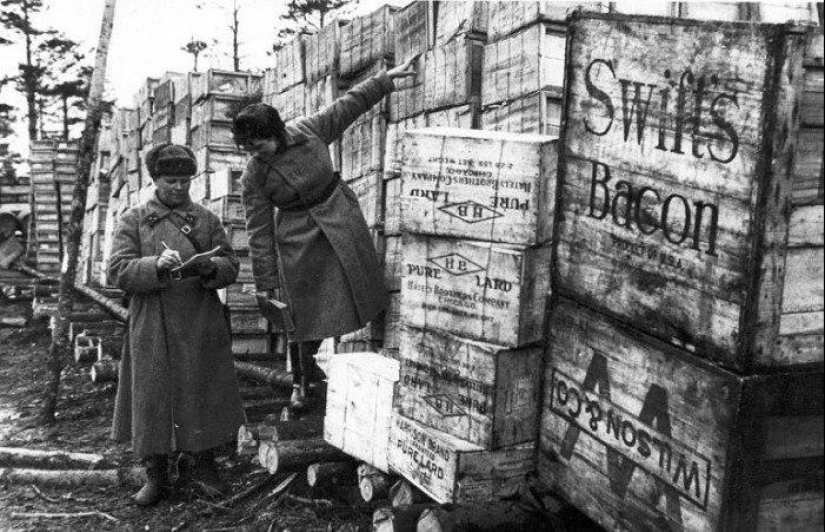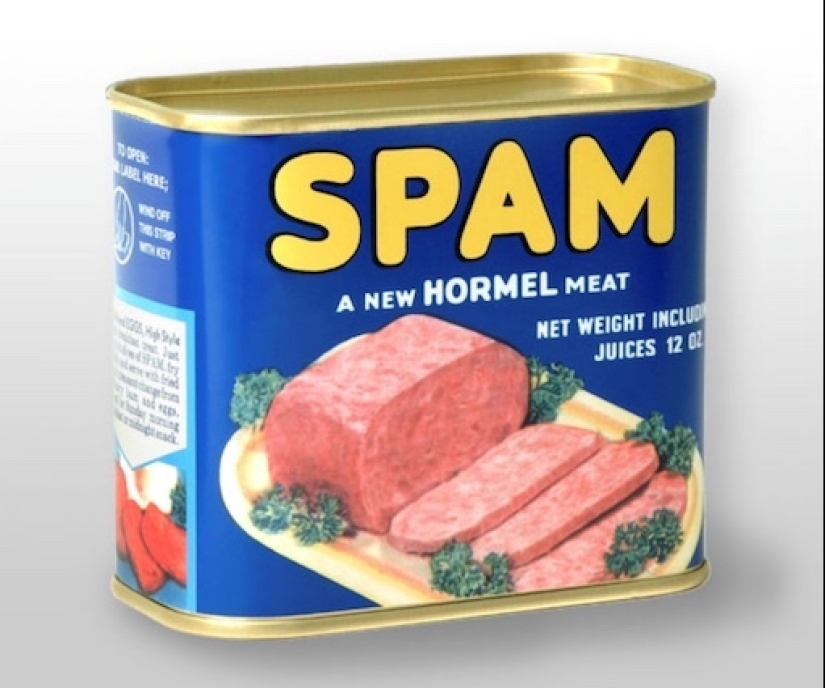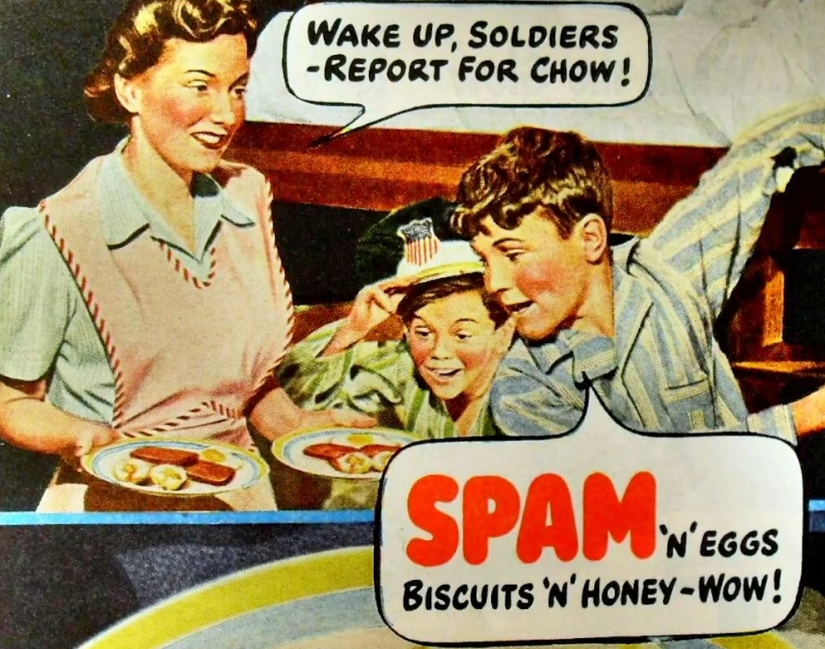How did the word “spam” appear and what did it mean before?
Categories: Food and Drinks
By Pictolic https://pictolic.com/article/how-did-the-word-spam-appear-and-what-did-it-mean-before.htmlEveryone knows that annoying advertising letters sent by email are called spam. But few people thought about what this word means and how it came into use. It turns out that it appeared back in World War II and initially had nothing to do with mailings.

For us, spam is unwanted messages via email or instant messengers, usually of a commercial nature. Usually these are offers to buy something or use certain services. Spam is also called telephone calls, messages in SMS and social networks, and sometimes advertising letters placed in mailboxes.

Such mailings and calls are carried out en masse, often automatically, using special programs. New ways to “spam” appear with enviable regularity. The more means of communication are created, the more all kinds of spam methods are invented. Unfortunately, spam is often used by scammers to achieve their goals.
The history of the word “spam” goes back to pre-war times. In 1936, the US company Hormel Foods Corporation, which produces food products, was on the verge of bankruptcy. To save the situation, the company began to produce new products, which, according to its owners, should be in demand. It was canned spicy minced pork.

They called the promising product SPAM. There are two versions of the origin of this abbreviation. The first one deciphers it as Shoulder of Pork and hAM - pork shoulders and hams. The second one is like SPiced hAM—spiced ham. Canned food appeared on sale in American stores and was in moderate demand.

But the Second World War began and SPAM in tins came in handy. The United States supplied them en masse to its allies. The Red Army soldiers liked the product from overseas. Even years later, veterans recalled the excellent taste of spicy pork from cans. True, at the beginning of the war they often joked that the Americans, instead of sending troops to open a second front, sent canned food.

SPAM canned food was usually eaten with buckwheat or any other porridge. Tin cans from the USA, unlike Soviet stewed meat, were opened without any improvised means, with a special key attached to the package. It was practical and convenient in the field. Often, jars received a second life - various necessary little things were stored in them.
The production of canned meat was put on a large scale. The US government believed that after the fall of Nazi Germany they would have to fight Japan for at least a year. But everything ended very quickly, and food supplies were not needed. When World War II ended, American warehouses were left with a huge amount of unclaimed cans of pork.

The canned food gradually began to deteriorate, and something had to be done about it. Hormel Foods began selling its leftovers and launched a massive advertising campaign around the world to do so. SPAM was glorified and offered for purchase on literally every corner. The product was especially actively promoted in the USA. Advertising was on store signs, on posters in public transport, and in mailboxes. The radio played a video every 30 minutes promoting the product.
The ubiquitous advertising very soon began to irritate and disgust everyone. So the word “spam” became a household word, and Americans began to use it in relation to any advertising that was too intrusive and of little interest to anyone. And with the advent of digital technologies, the whole world adopted it.
Recent articles

Kitchen – one of the most popular places in the world. Here is the mystery of cooking a favorite food, family gatherings, ...

Man cave, or "man cave" — is embodied in the life of children's dreams of their own cozy nook where you can relax from bustle and ...

In a world where fashion and marketing have long ceased to surprise, House of Oddities has gone one step further—it's ...